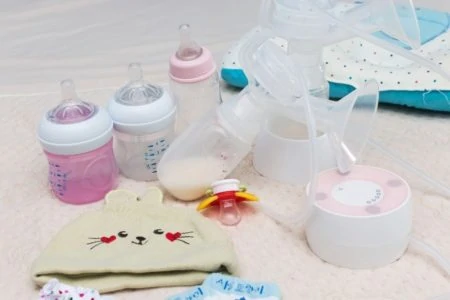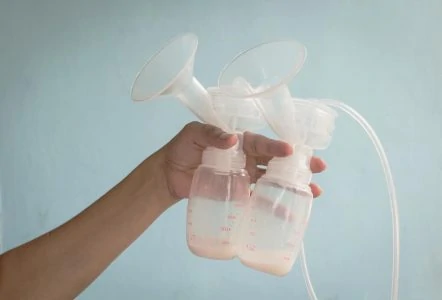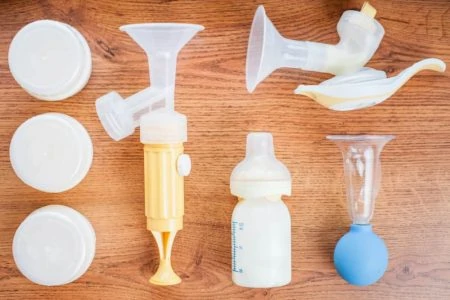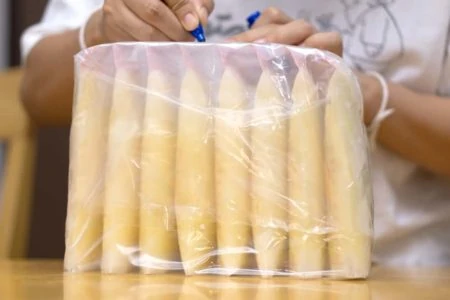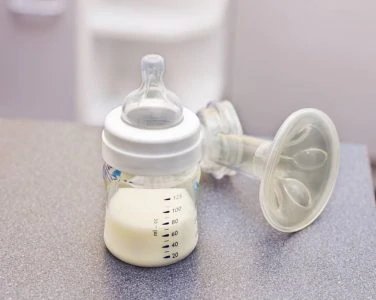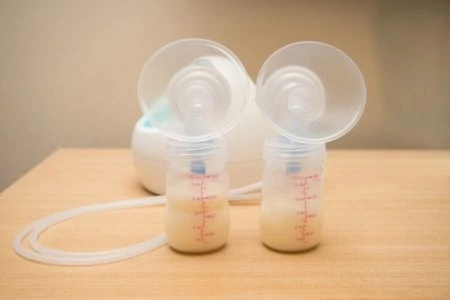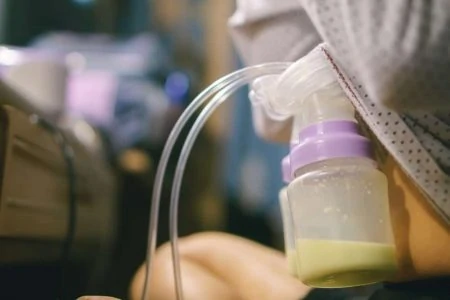You have finally hung up the flanges. Your breastfeeding journey is over, but now you are left with a bulky (and likely expensive) gadget collecting dust. What exactly should you do with an old breast pump?
Breast pumps are durable medical equipment, so tossing them in the regular trash feels wrong. If you plan on expanding your family, cleaning it and putting it in storage is the best move. But if you are officially done with babies, you need a different exit strategy.
Whether you want to recycle, donate, or sell, the right choice depends heavily on the type of pump you own. Here is your guide to disposing of your used breast pump safely and responsibly.
Key Takeaways
- Know your system: Disposal options depend entirely on whether you have a closed-system or open-system pump.
- Closed vs. Open: Closed systems have barriers against milk and can potentially be reused; open systems are single-user only and cannot be sanitized fully.
- Donation rules: Most organizations only accept new or closed-system pumps due to hygiene risks.
- Recycling is best: The safest route for most old pumps is an electronic waste recycling center.
Why Open vs. Closed System Matters
Breast pumps vary in shape, size, and mechanics, but the most critical factor for disposal is the system type. Your pump is either a closed-system or an open-system.
This distinction dictates whether the pump is safe for a second life or if it needs to go straight to the recycling bin.
Closed-System Breast Pumps
These units feature a physical barrier (usually a backflow protector) that separates the motor from the milk collection kit. This barrier prevents air, milk, and moisture from entering the motor tubing.
Because the internal mechanics stay dry, mold and bacteria cannot grow inside the machine. This design makes them easier to clean and sanitize. Consequently, closed-system pumps are generally considered safe for multiple users, provided you get a fresh collection kit (flanges, bottles, and valves). This opens up options for selling or donating.
Open-System Breast Pumps
Open-system pumps lack that protective barrier. This means air moves directly between the motor and the collection kit. Unfortunately, microscopic milk particles can get sucked into the motor or tubing.
Once milk enters the machine, it creates a dark, warm, and moist environment. This is the perfect breeding ground for mold, bacteria, and viruses.
Here is the hard truth: You cannot clean the inside of the motor. Even if the outside looks pristine, the internal workings could be harboring pathogens. For this reason, open-system pumps are strictly single-user devices. Sharing them puts the next baby at risk.
If you own an open-system pump, do not sell or donate it. Your only responsible option is recycling or disposal.
If you are unsure which type you have, check your manual, call the manufacturer, or consult an IBCLC.
4 Ways to Dispose of an Old Breast Pump
Once you know your system type, you can decide on the next step. Here are four ways to handle that old hardware.
1. Recycle the Pump
Recycling is often the best choice, especially for open-system pumps or broken units. Breast pumps are considered electronic waste (e-waste), which should never go into a standard landfill. E-waste can leak hazardous toxins like lead and mercury into the soil and groundwater (1).
Here is how to recycle responsibly:
- Manufacturer Programs: Some brands, such as Medela (via their Medela Recycles program) or Hygeia, occasionally offer take-back programs. Check their websites for current shipping labels or instructions.
- Local E-Waste Centers: Most cities have designated drop-off locations for electronics. Best Buy, Staples, and local sanitation departments often accept small electronics.
- Prepare the Pump: Remove any batteries and the power cord. Separate the plastic collection kit (bottles and flanges) from the motor unit. The plastic parts can usually go in your curbside recycling bin, while the motor goes to e-waste.
2. Donate to Charity
If you have a closed-system pump in excellent working order, donating it is a generous way to help another parent. Pumps are expensive, and insurance coverage varies, so secondhand pumps are in high demand.
However, strict hygiene rules apply. Most organizations will only accept specific closed-system models. You can try:
- Women’s Shelters: Call local domestic violence or homeless shelters to ask if they accept sealed or closed-system pumps.
- Buy Nothing Groups: Local community gifting groups are great places to offer a pump directly to a neighbor in need. Be transparent about the condition and system type.
- Foster Care Organizations: Some foster resource centers accept gear for infants.
Note: Always clean and sanitize the exterior before handing it over. Never donate the used tubing or flanges.
3. Re-Sell the Pump
Want to recoup some of that investment? You might be able to sell your pump. However, this comes with significant restrictions.
Breast pumps are technically single-user medical devices regulated by the FDA. Because of this, some platforms (like eBay or Amazon) may restrict or ban listings for used pumps.
- Check Platform Rules: Facebook Marketplace, Mercari, and Craigslist are popular spots, but listings are sometimes flagged.
- Honesty is Key: Only sell closed-system pumps. Clearly state the model, usage hours (if your pump tracks them), and condition.
- Omit the Accessories: Sell the motor and power cord only. Advise the buyer to purchase their own brand-new hygiene kit.
4. Trash the Accessories
While the motor unit has value, the accessories do not. Never sell, donate, or reuse the “wet parts” of a breast pump.
Parts like breast shields, valves, membranes, tubing, and bottles are porous. They degrade over time and can harbor yeast, bacteria, and viruses (like hepatitis or cytomegalovirus) that regular washing cannot remove.
Do not feel guilty about this. Throw away the soft silicone parts and recycle the hard plastic bottles if your local program accepts them.
Should I Use a Secondhand Pump?
If you are on the receiving end of a used pump, proceed with caution. While it saves money, it carries risks.
1. Contamination Risks
We cannot stress this enough: using a secondhand open-system pump is dangerous. The previous owner’s milk particles could be inside the motor, potentially exposing your baby to pathogens (2).
Only accept a used pump if you are 100% certain it is a closed system (like the Spectra S1/S2 or Medela Symphony). Even then, you must buy a brand-new kit with fresh tubing and flanges.
2. Motor Life and Performance
Breast pump motors have a limited lifespan. A standard personal pump is usually rated for about one year of regular use.
- Wear and Tear: If the previous owner exclusively pumped for a year, that motor might be near death.
- Loss of Suction: A worn-out motor often loses suction power. This can lead to ineffective milk removal, clogged ducts, and a drop in your milk supply.
If you use an old pump, keep a close eye on your output. If pumping takes longer than usual or you feel incomplete drainage, the motor might be failing.
The older the pump, and the more babies it’s been used to pump for, the more likely the suction will be decreased.
Editor's Note:
Michelle Roth, BA, IBCLC3. Portability and Tech
Pump technology moves fast. Older models tend to be louder, heavier, and bulkier than modern options. If you plan on pumping while traveling or commuting, an outdated brick of a pump might be more hassle than it is worth.
